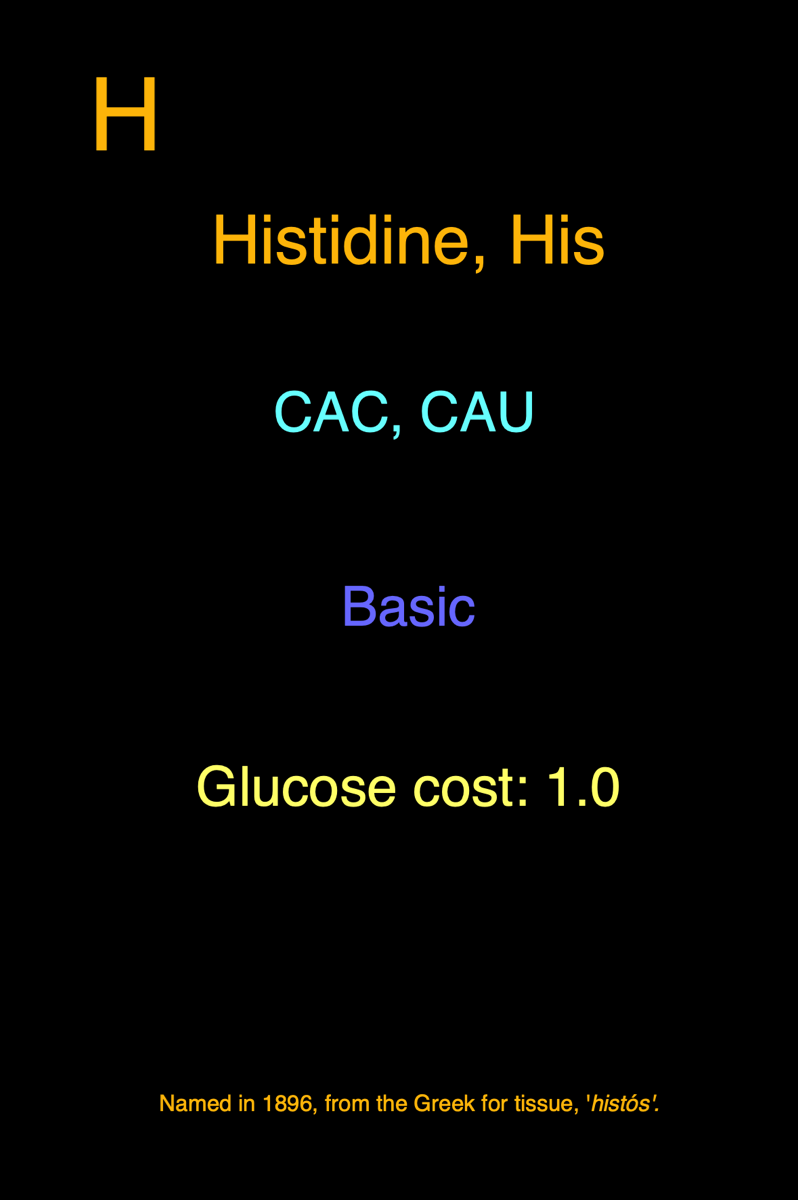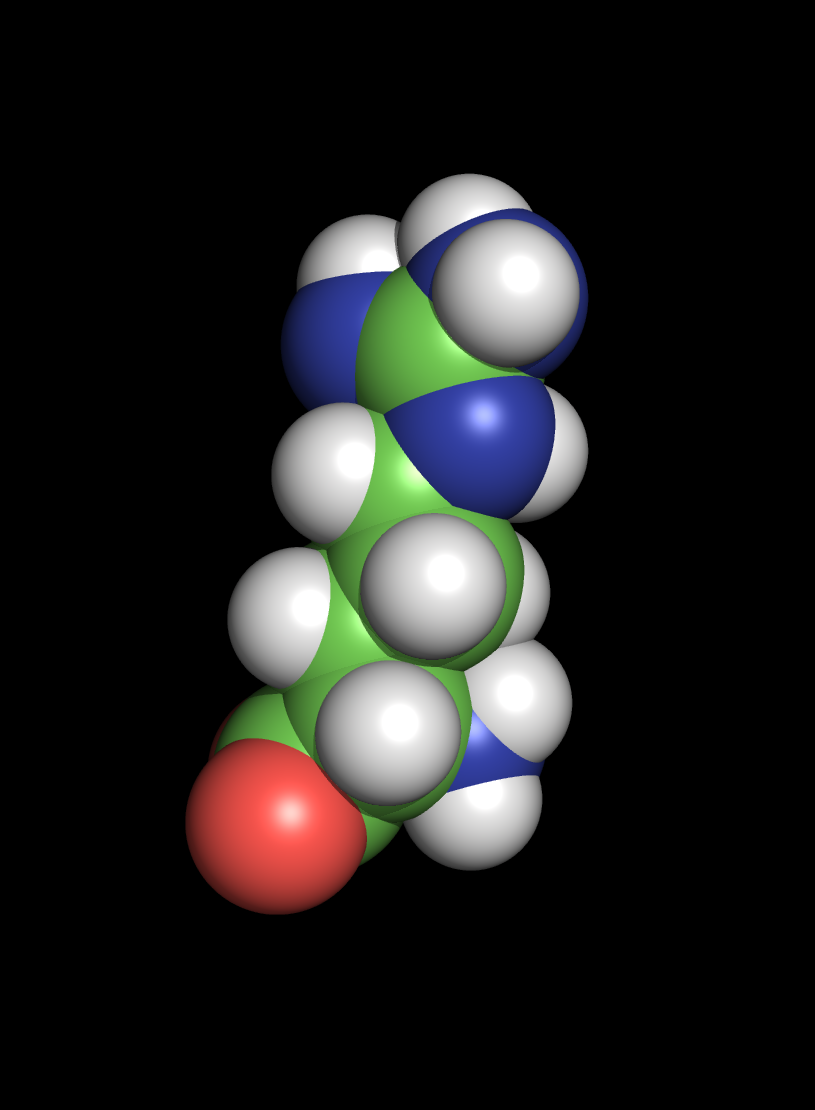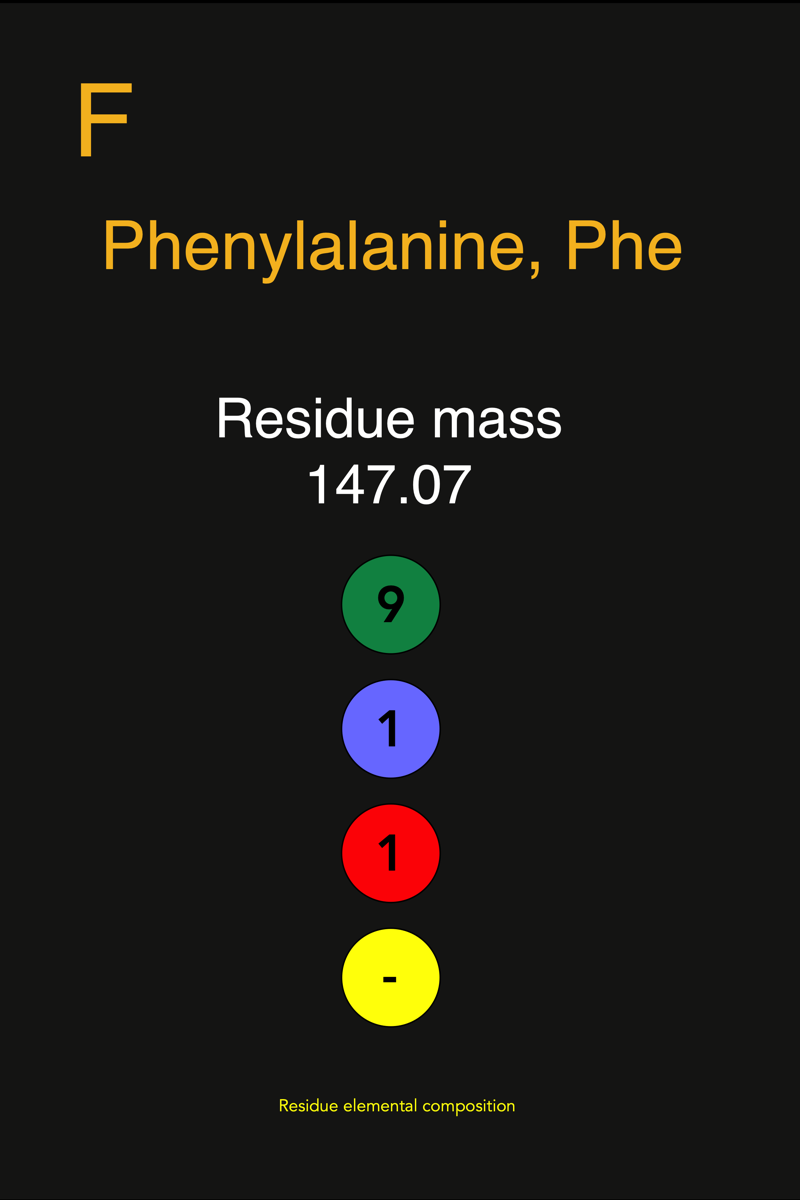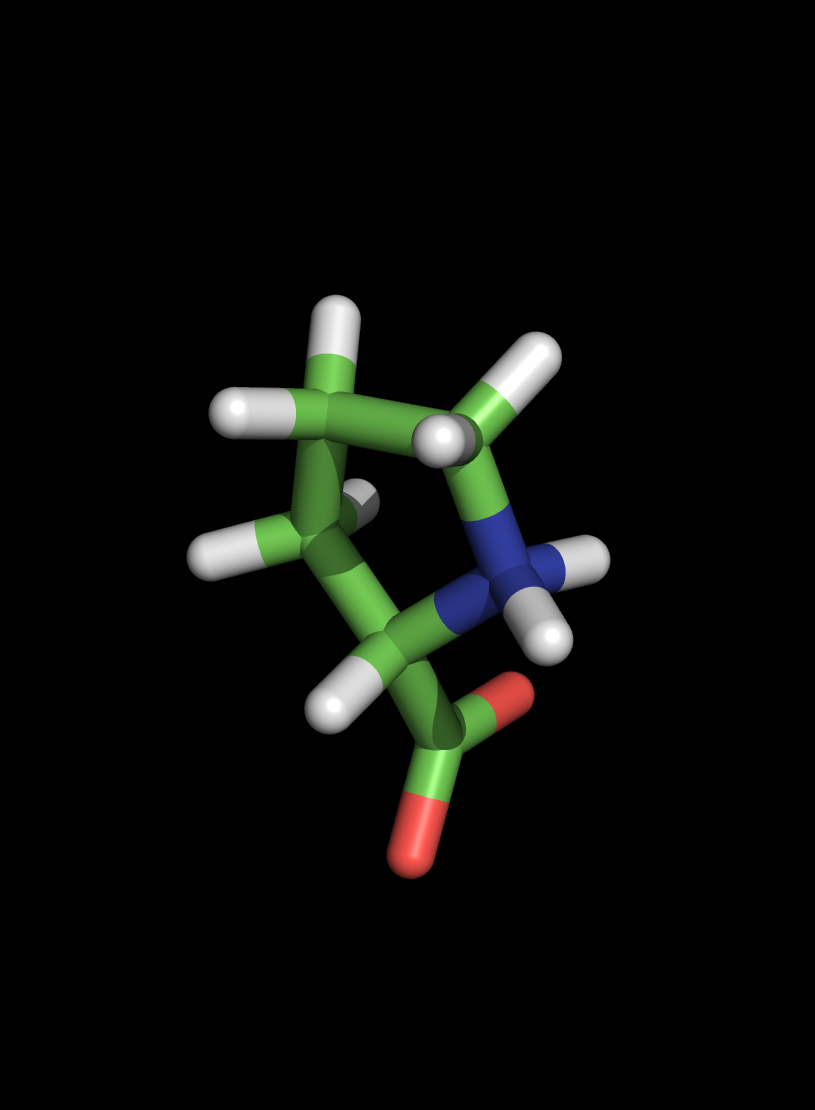Amino acid playing cards - only 50 sets left!
This was a bit of fun as an outreach project, finished during lockdown. I made a set of playing cards, in which the amino acids were the faces and the space filling structure, stick structure, name and liquorice structure were the 'suits'. I even have "Jokerine". But, lots of discussions with my colleagues at the Centre for Proteome Research led me to the view that I had made them too difficult. I need to work to remove some of the burden of what could be an enjoyable, highbrow pub card game. Imagine the stares of onlookers in the pub as they try to work out what on earth you are playing!
I have now completed the entire revised set, and add in some little treats too.
Here are the four suits, and of course, there are 20 cards in each suit.
This was a bit of fun as an outreach project, finished during lockdown. I made a set of playing cards, in which the amino acids were the faces and the space filling structure, stick structure, name and liquorice structure were the 'suits'. I even have "Jokerine". But, lots of discussions with my colleagues at the Centre for Proteome Research led me to the view that I had made them too difficult. I need to work to remove some of the burden of what could be an enjoyable, highbrow pub card game. Imagine the stares of onlookers in the pub as they try to work out what on earth you are playing!
I have now completed the entire revised set, and add in some little treats too.
Here are the four suits, and of course, there are 20 cards in each suit.

This is the first of the information cards. This one should be self evident, and you can see that there is a great deal of information encoded in this card. The relevant codons (using the standard genetic code), the net charge and the approximate 'cost' of making this amino acid.
These properties give you a way to add value to cards. For example, 'basic' might trump 'neutral', which in turn trumps 'acidic'. Or, if you want to play a card, you might have to pay the cost into the pot in 'glucose chips'.
The little bit of text about the origin of an amino acid name is the best endeavour of scientific etymologists, acknowledged on the card box and elsewhere on this site.
These properties give you a way to add value to cards. For example, 'basic' might trump 'neutral', which in turn trumps 'acidic'. Or, if you want to play a card, you might have to pay the cost into the pot in 'glucose chips'.
The little bit of text about the origin of an amino acid name is the best endeavour of scientific etymologists, acknowledged on the card box and elsewhere on this site.

So, these are pared back cards. I don't see that understanding amino acids fully can be achieved without some appreciation of their structure. We often see stick structures, which are easy to discern, but there are other ways to represent chemical structures.
This is a space filling, hard shell model, a bit like the old model building kits and based on CPK principles.
You should now take a little time out to read about molecular representations [here]. I hope you recognise the origins of C and P at least.
Can you work out which amino acid this is?
This is a space filling, hard shell model, a bit like the old model building kits and based on CPK principles.
You should now take a little time out to read about molecular representations [here]. I hope you recognise the origins of C and P at least.
Can you work out which amino acid this is?

This is the second information cards. Again, should be self evident, and encodes additional information - the residue mass (monoisotopic) and the elemental composition. C: green, N: blue, O: red, S: yellow
These properties also give you a way to add value to cards.
Residue mass is easy, and would let you play simple 'higher/lower' games. Of course, you'd need to know the residue mass that is associated with a space filling structure. Maybe I need to provide a look up table?
Or, perhaps, to 'play' this card, you have to throw in coloured chips to match the number of each atom?
These properties also give you a way to add value to cards.
Residue mass is easy, and would let you play simple 'higher/lower' games. Of course, you'd need to know the residue mass that is associated with a space filling structure. Maybe I need to provide a look up table?
Or, perhaps, to 'play' this card, you have to throw in coloured chips to match the number of each atom?

The second of the structure card series. These are arguably the easiest to follow and recognise, because all atoms should be visible and it is easier to discern bond angles and connectivities in this 'liquorice' structure - they do look edible, don't they*?
Can you work out which amino acid this is?
* If you like liquorice, that is!
Can you work out which amino acid this is?
* If you like liquorice, that is!